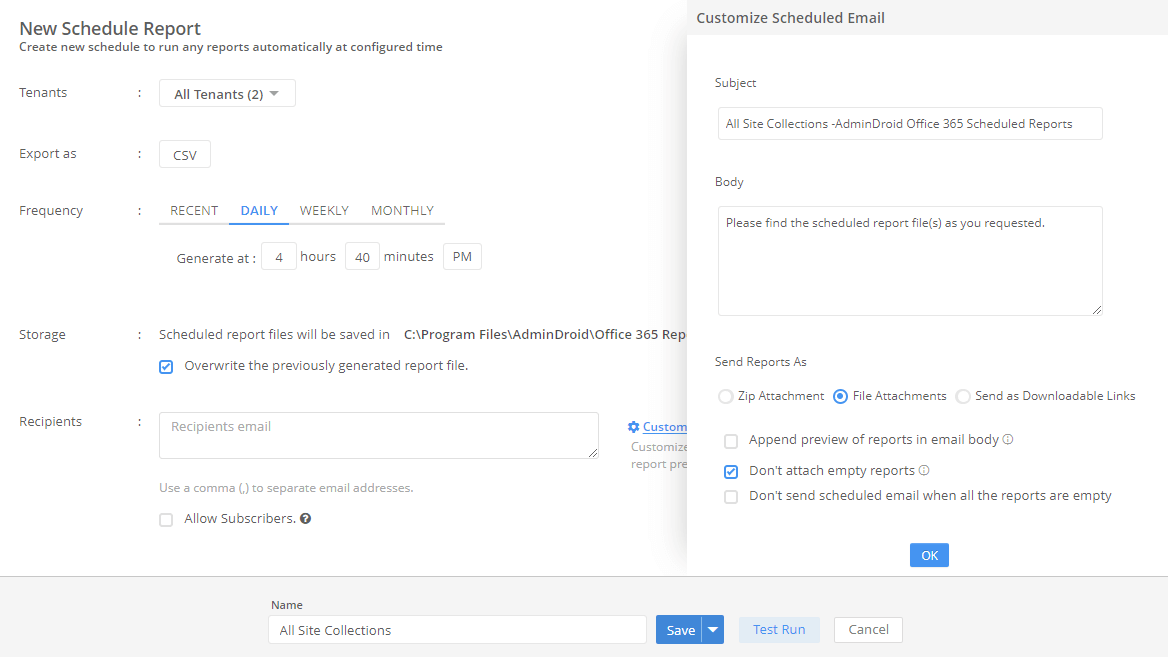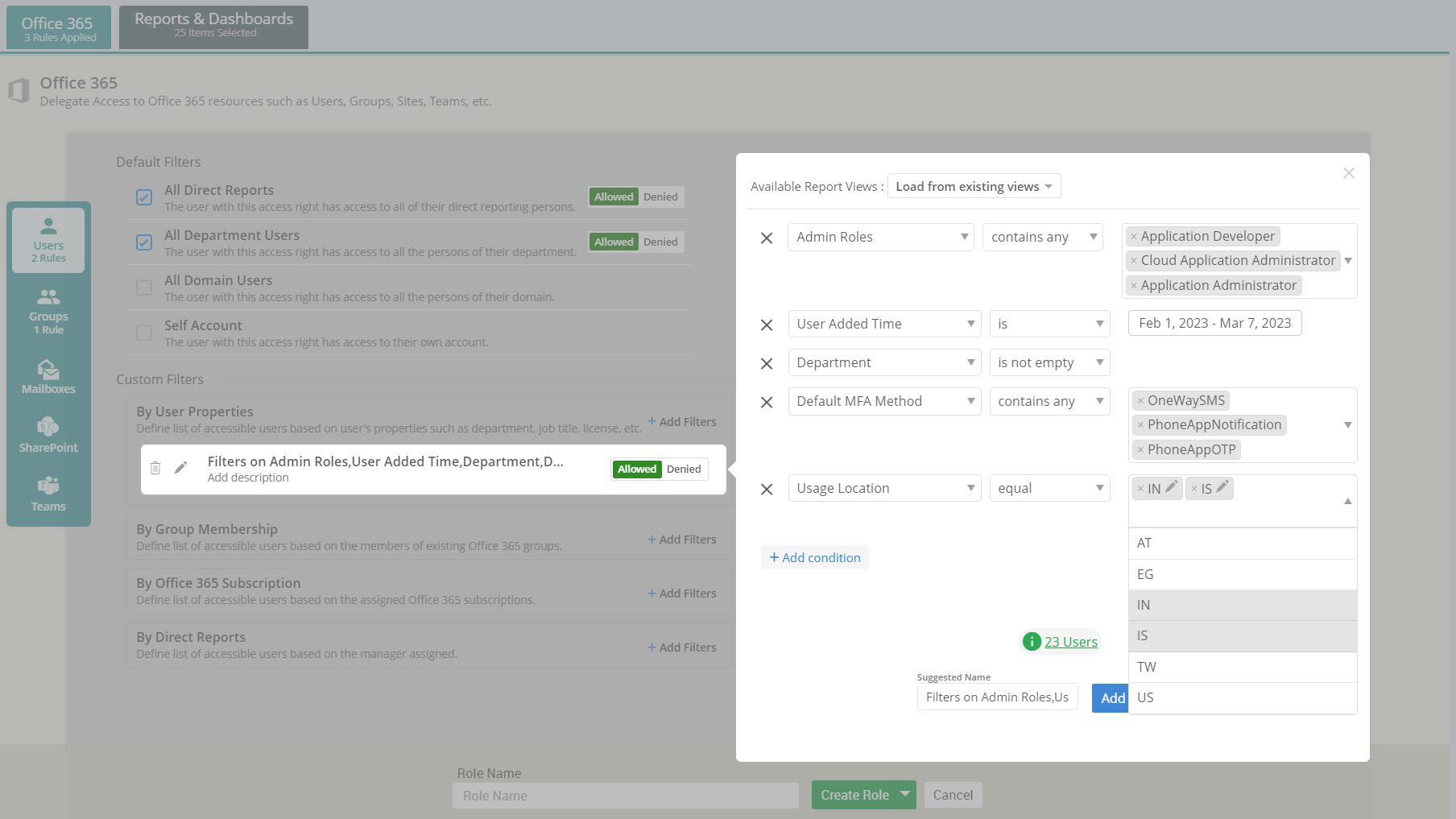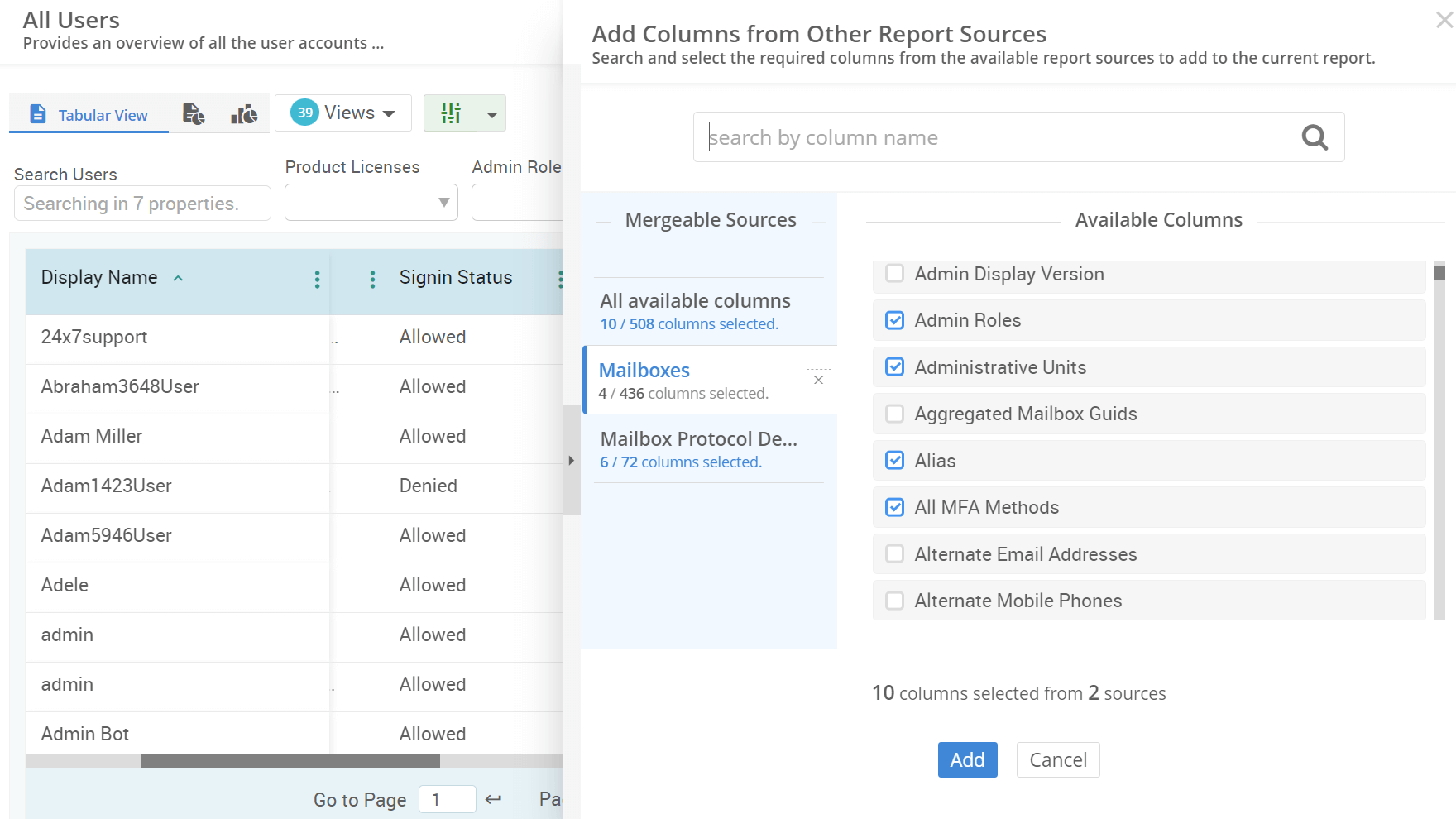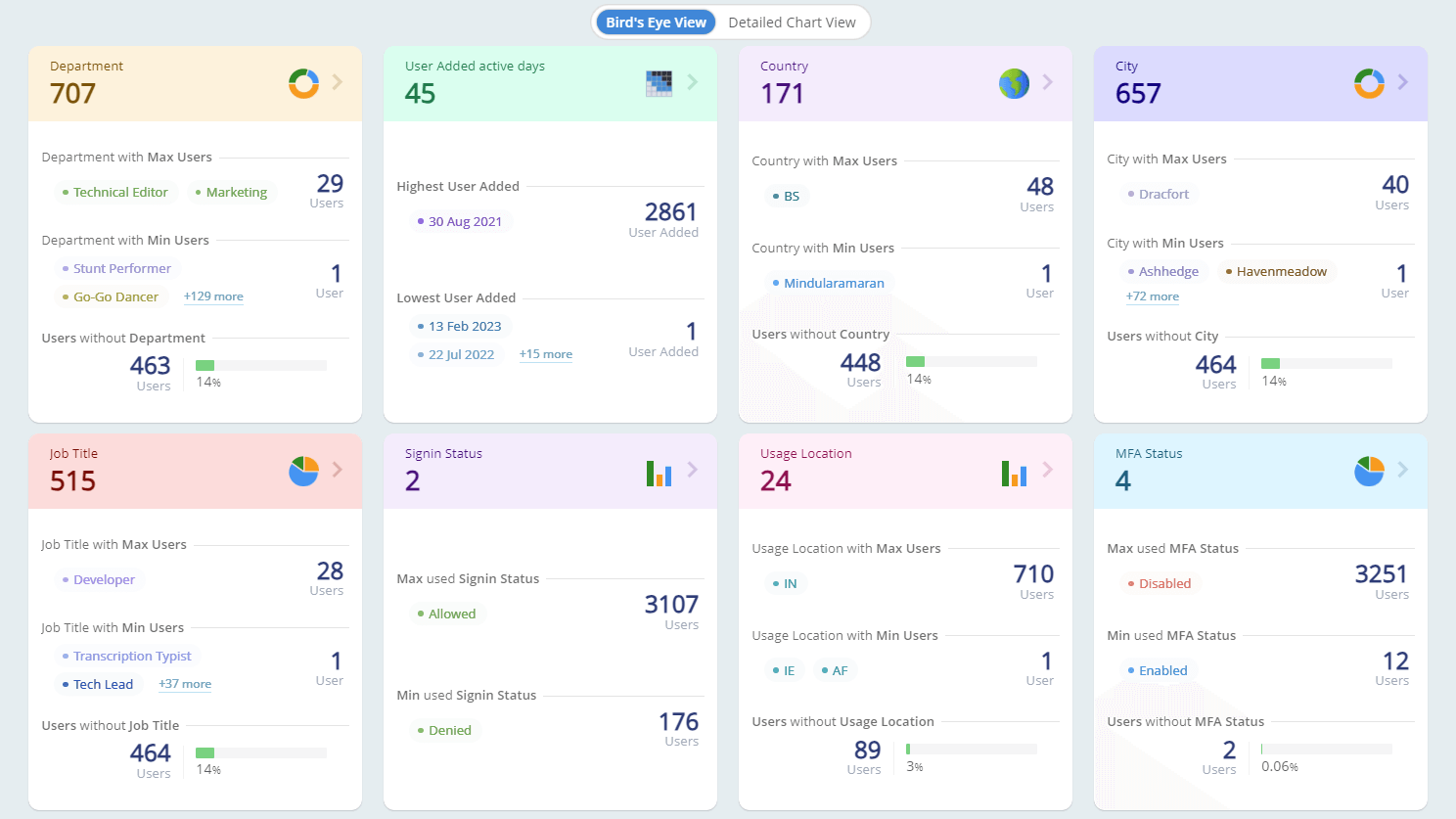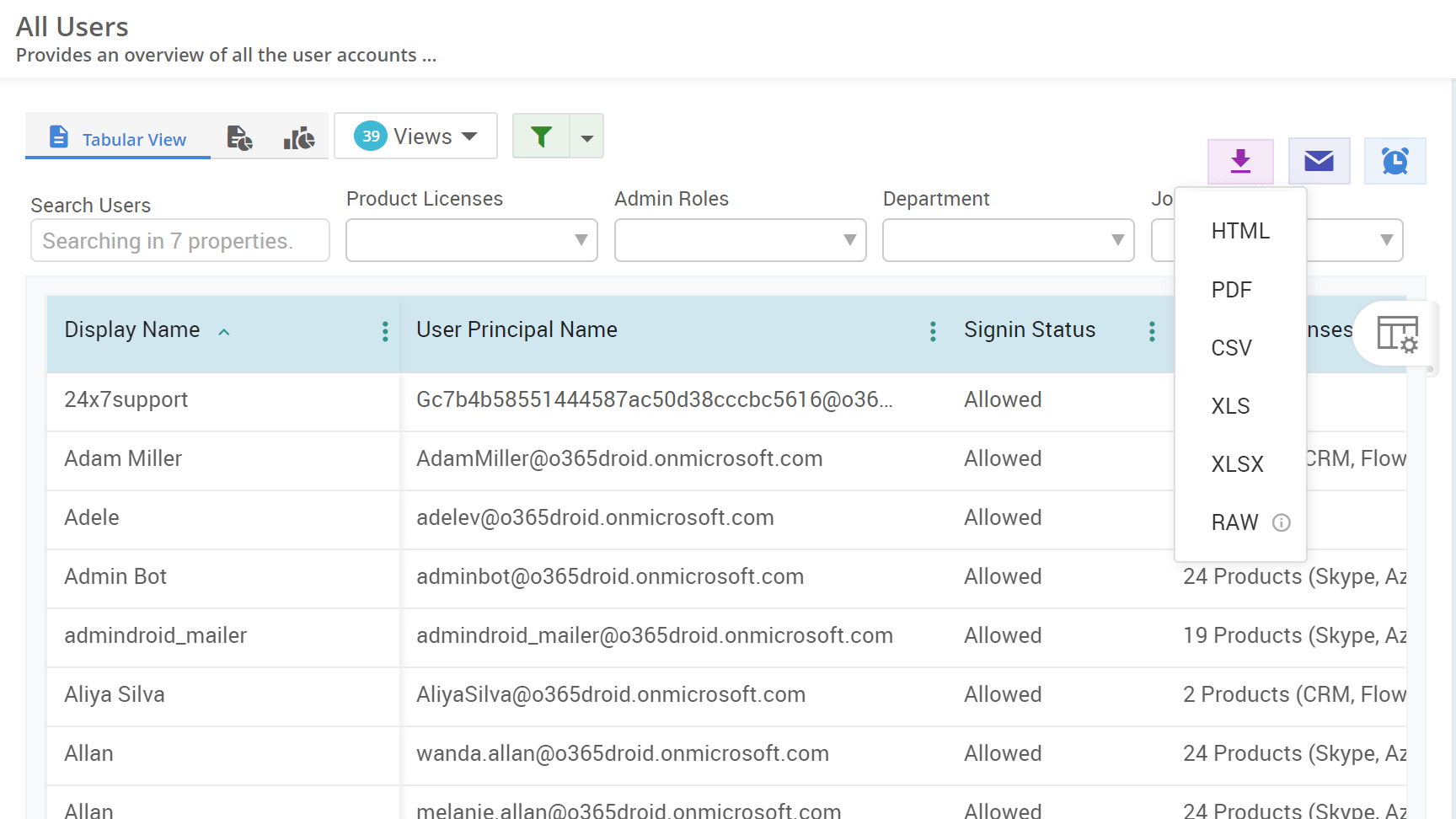How to Get ActiveSync Enabled Mailboxes in Exchange Online
Managing email synchronization for mobile devices is essential for smooth business communication. Exchange Online ActiveSync (EAS) enables users to access emails, calendars, contacts, and tasks on mobile devices. EAS configuration and monitoring can be challenging for adminis, as unchecked settings may lead to security risks. This guide outlines the steps to identify all Microsoft 365 ActiveSync-enabled mailboxes and efficiently track them along with their connected mobile devices in your organization.







